Relief
- Jane
- May 21, 2022
- 5 min read
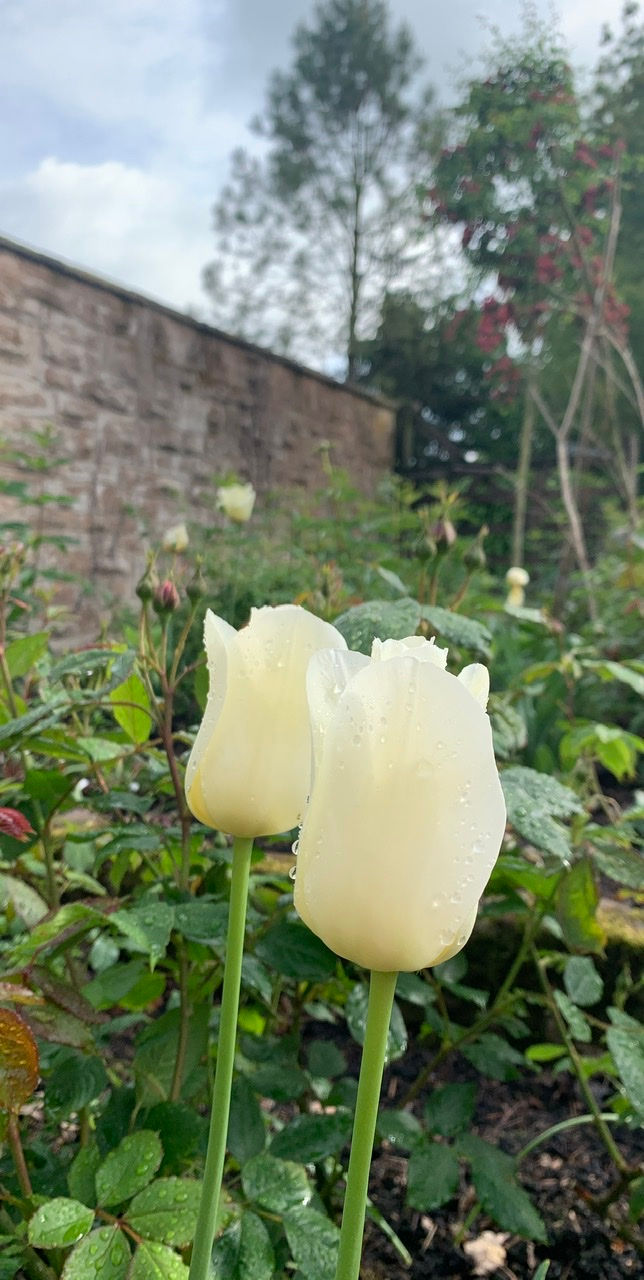
Mid-May. Rain, at last. Night after night - so, considerate rain, to boot, allowing daytime gardening to proceed as normal. The predictable eruptions of growth ensue, bringing with them that sense that if you stand for a moment you will catch the grass growing, or see that bud unfurling. The trees too appear to stand taller; wishful thinking, I’m sure, though after a week of sogginess not out of the question. Tree roots are surprisingly shallow - look at a fallen tree in a park or field and you are likely to see that huge sunburst of roots, not some giant taproot delving directly downwards.
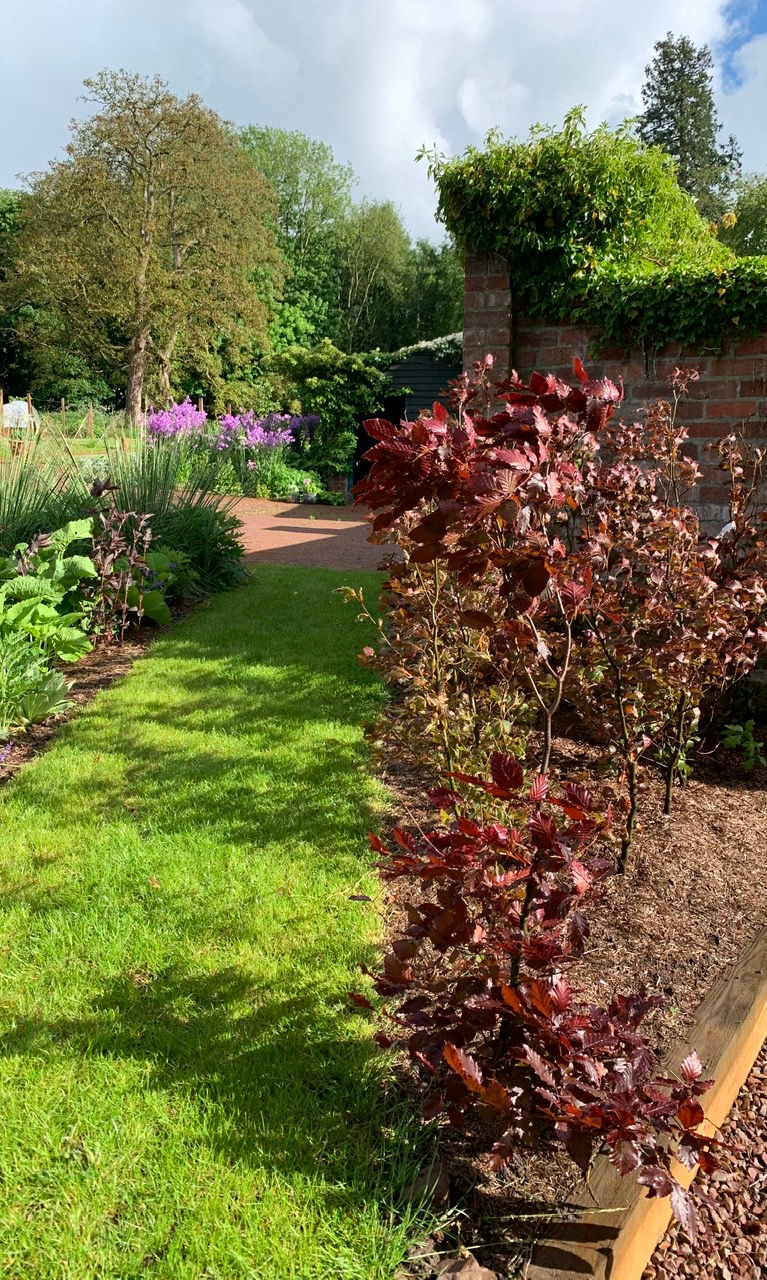
My pattern of work this month is again a mix of work and observation. This time last year I was monitoring and cosseting the planting done in 2020, and this spring it is the turn of the east and west house beds to be monitored, and last summer’s new arrivals to be checked. No newly planted young shrub or tree is going to thrive in a drought, so I had been feeding and watering the hawthorns and baby beeches, plus the viburnum plicatum which I had transferred to the east side last autumn.
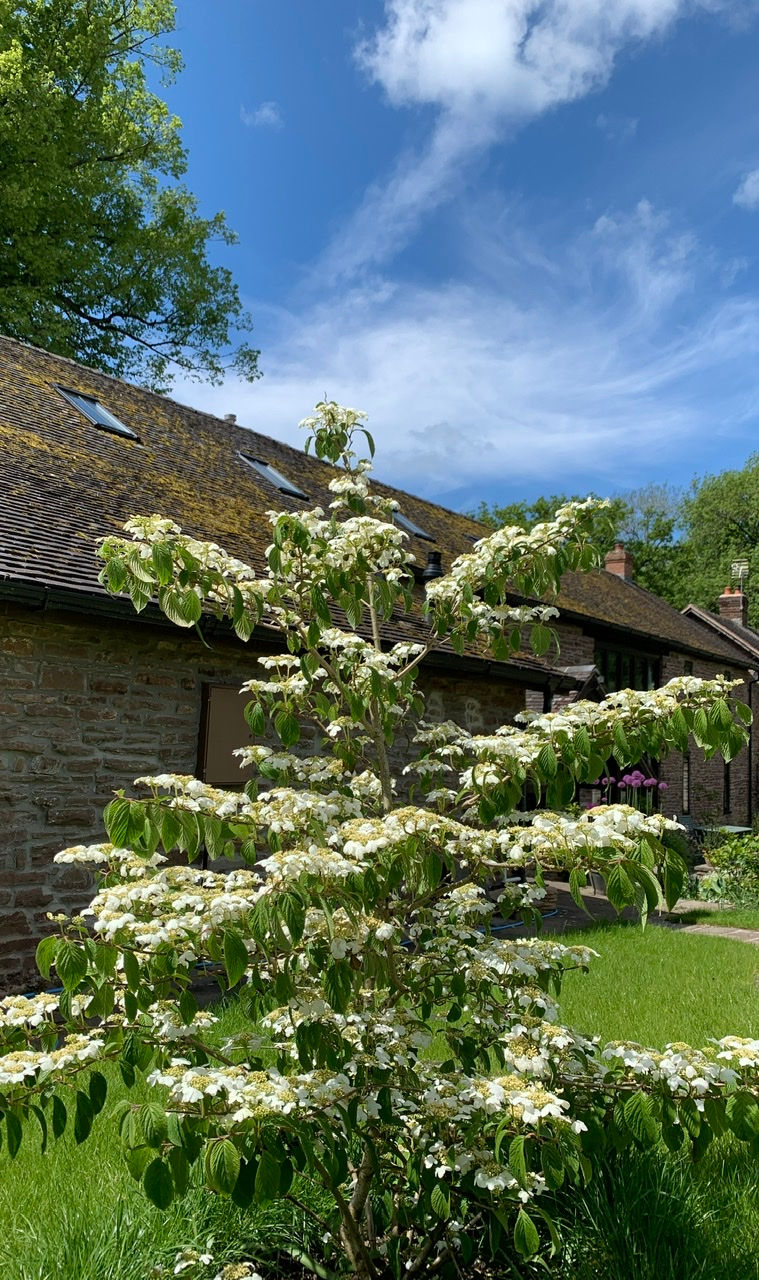
My mum used to say the best way to ensure your order arriving in a restaurant was to light a cigarette (I should add that she was born in 1924, so a different era and all that) - lugging cans of seaweed-dosed water to plants seems to have a comparable effect on rainfall here. The beech burst into leaf, and hawthorn and viburnum are laced in blossom. The shrubs are slow to get going, but that is normal: you just have to adjust your planting plan each year to accommodate an expanding waistline on your permanent greenery, and shrinking real estate in between to fill with annuals and bulbs. I do still have spaces this year, but will blame the wildlife at least in part for that. A good number of the tulips intended to fill the April/May space in the front beds were neatly scissored off underground as Mr Mole made his way through the earth. Compared to the previous obstacle course of rubble and lumps of sandstone, perhaps our metre’s depth of unobstructed new soil is like having a swimming pool installed if you are a mole. Maybe the tulip destruction was just a lazy backstroke from our furry friend. I repair his damage as best as I can and urge the small pink alliums to get a move on. Still time to hold my breath, as the rose buds expand and give tiny hints of the blooms to come. The north boundary wall has three climbers, including the sweetly named rosa “The Generous Gardener”, while on the west side I resign myself to a very long wait for my two baby wisteria to grow up and consider flowering. Self seeders are stepping up as before to cover edges - the low east edging wall is swathed in alpine strawberries and alchemilla, with the odd aquilegia popping up for added pollinator interest, while the warm lime tree side is awash with cow parsley and forget me nots. I would estimate that around 30% of the plant stock here is either rejuvenated and rescued from the previous owner’s borders, and/or self-seeders. Not a bad cost saving over an acre of new beds.
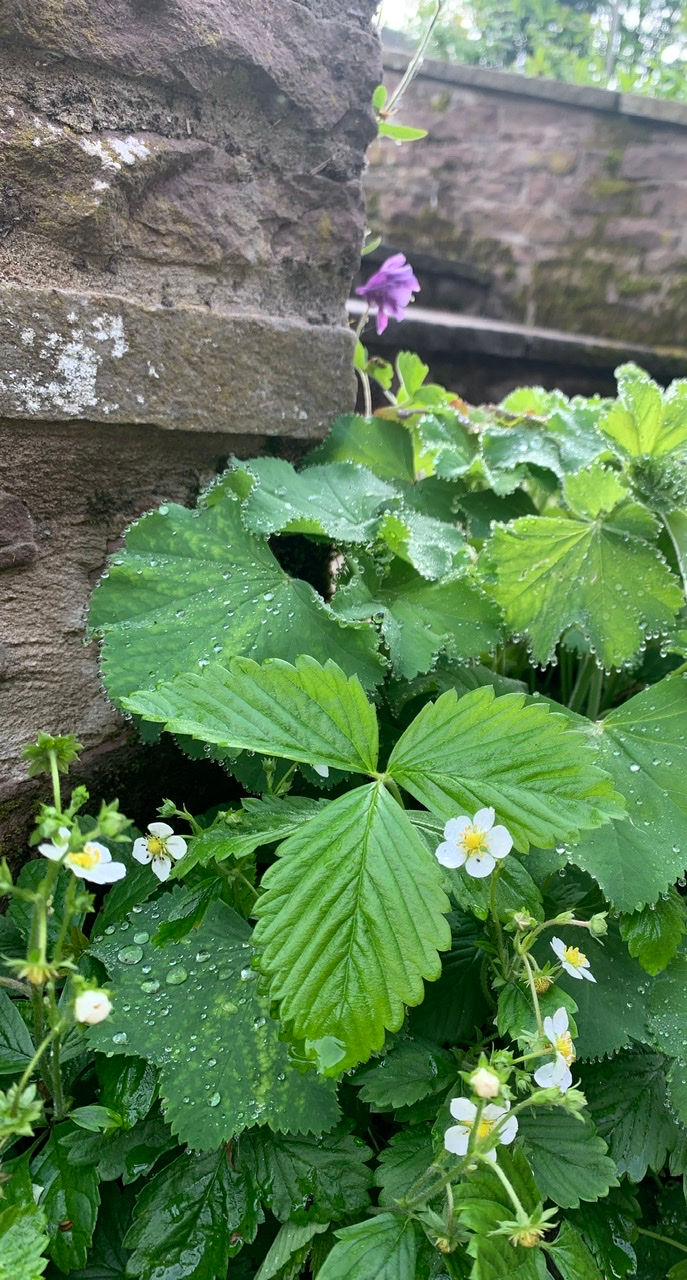
Moving south to the hot terrace, the wait is finally over. The big gamble has paid off. I rolled the horticultural dice and the green gods smiled. The giants are back. You may recall the debate as to whether to lift the dahlia tubers after they had finished flowering, or to leave them in the ground over winter. Gardeners of my age grew up with stern admonitions about how winter temperatures in the U.K. would see off your precious heat-loving plants, contributing in turn to the belief that dahlias were fussy, high maintenance and required buckets of special sand, copper treatments, appropriate boxes and cool dry winter storage space in order to survive. Time and climate change moves on, and the voices of garden folk who do not dig up their plants in autumn have steadily moved further and further north up the country. Including Herefordshire, seemingly. Despite our altitude - far from highlands but very much not south coast - this winter I did not record anything lower than -3, and had in any case snuggled the jewelled prima donnas up in eiderdowns of cosy mulch. Green shoots have sprouted, and that was cause for huge relief. So far, so good, you think, the plants are alive, move on, or post some pictures in August of giant amethyst flowers. This however would be to overlook the gaps. Great big yawning gaps.
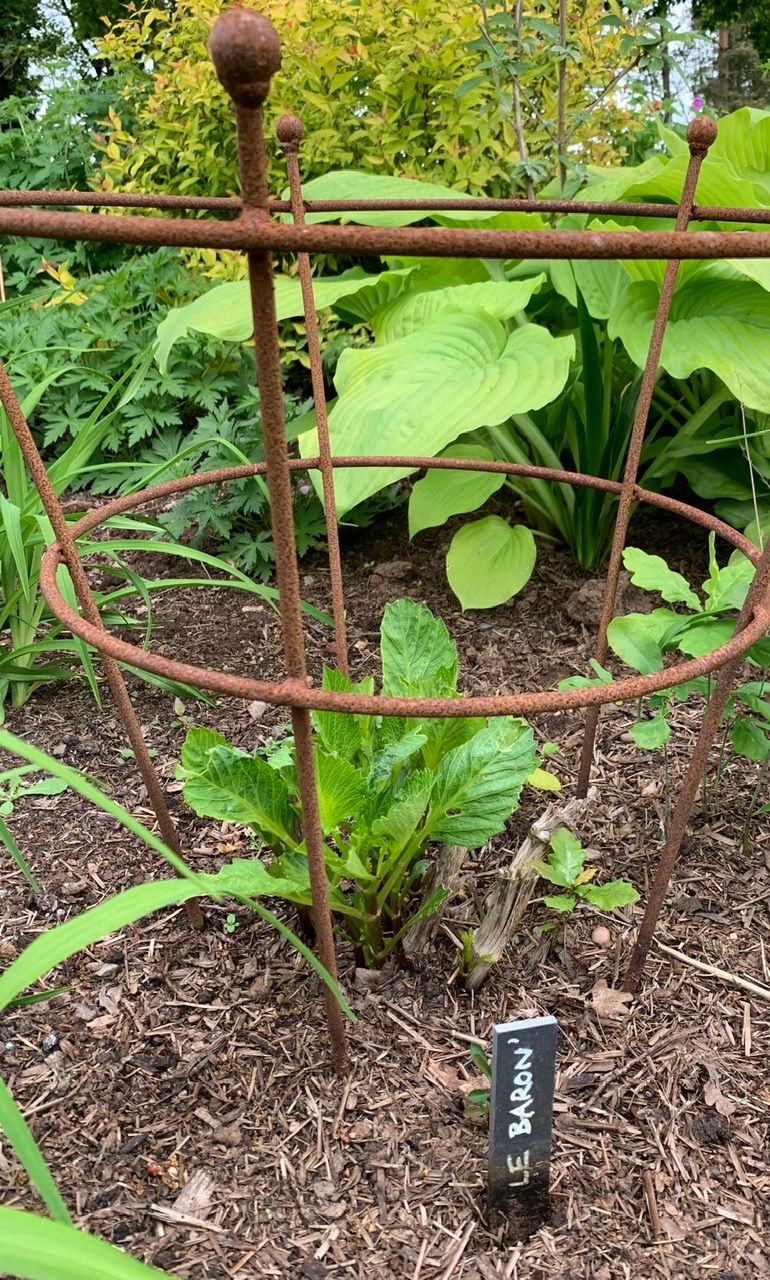
By leaving the tubers in, some still with their supports, I have effectively roped off large chunks of ground, which for obvious reasons you cannot plant on. A couple of weeks ago this was just about acceptable, with even the spring herbaceous planting slow to emerge. Now, however, it looks ridiculous, or - perhaps worse for a gardener - as if something has died there. If I plant anything in the circumferences of the giants, they will have to be up and done by June: the average dahlia here reaches well over 1m in height and spread by high summer and carry on well into October, burying anything in their path. I do have some single flowered varieties (“Mexican Star”) which are wirier and therefore more inclined to accommodate neighbours, but nevertheless, a dilemma to ponder. I simply had not thought this through: my first dahlia buying was for planting into brand new beds in 2020. I lifted them that autumn, but even in spring 2021 all the planting in the garden was so immature that holes appeared downright normal. Next year, there will be airy spring planting in any dahlia zone which can then give way gracefully to their Central American housemates. Dahlias are fabulous plants, and genuinely very good natured once they establish, but I suspect this planning question may be why such a glorious family of flowers often find themselves corralled in specific cutting beds, at least by novices like me. They have been warned.
In the really, really no bother at all/very beautiful category comes this week’s star, hesperis matronalis, known commonly as sweet rocket, but boasting a long list of alternative names - dame’s rocket, damask-violet, queen’s gilliflower, summer lilac and mother-of-the-evening (hespera - evening in Greek). Neil has the white version of the plant in his demi-lune borders, and while I loved their pollinator value, I was never blown away by their form. I did want to try the purple variety though, as it felt like a good fit with the revamped currant/potting shed beds, so in a moment of real ‘it would be a waste not to use those seeds I bought’ sternness, I sowed the whole packet last year and then rather dismissively plonked the small felty green plants in the ground last autumn. And waited. Until March this year, you could have dismissed them as members of the dock family, or some errant mustard seedlings. I yanked some out and moved them, and they grew on happily. Then came the tall flower spikes, well over a metre, studded with buds. I felt a degree of respect at this point, markedly heightened when the buds opened and the perfume filled the garden. They are now flowering so profusely that I am filling vases with the tall stems and the house fills with the scent too. Like many enthusiastic seed catalogue gardeners, there are times when I feel only irritation with how many rattling packets I have ordered, how randomly I’ve selected the varieties, the faff of germinating, potting on, and so on, but as pretty much every experience with gardening underlines, with a little patience, the rewards for an initial investment of £2.25 can be amazing.
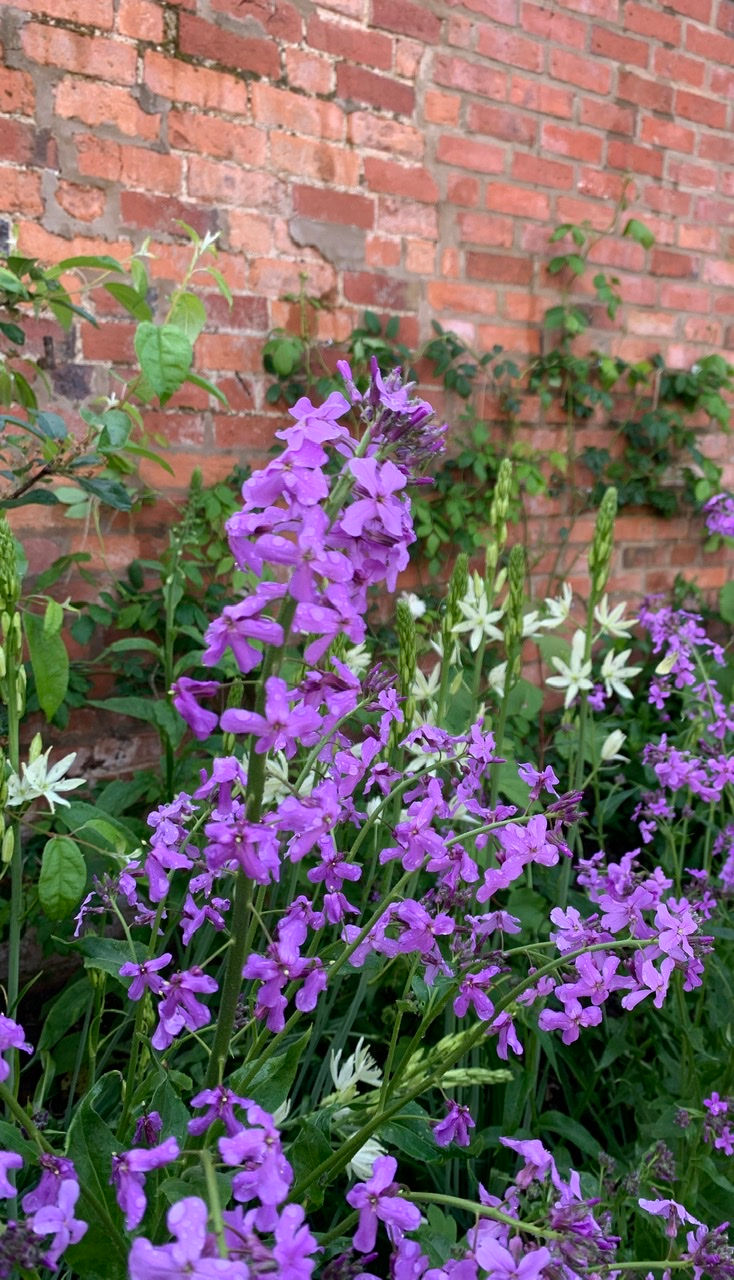



Comments